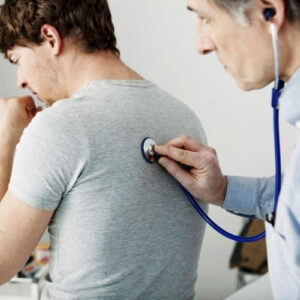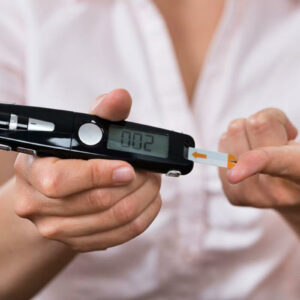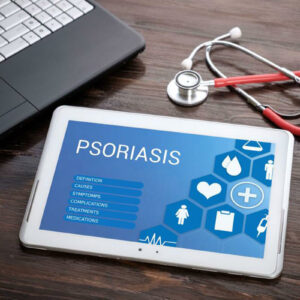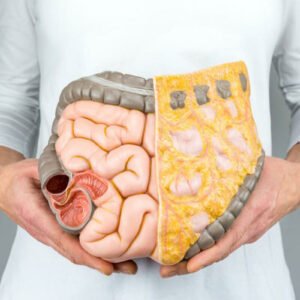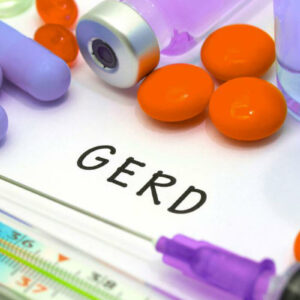
01
What You Can Do to Prevent Painful Intercourse during Menopause
During menopause, many women experience physical as well as emotional symptoms that are caused by hormonal imbalances. Here is a list of things that you can do to prevent painful intercourse during menopause. The time period when women stop menstruating is known as menopause. It occurs as a result of hormonal imbalances that are usually caused by old age. Contrary to popular belief, menopause is not just the end of the fertility in women, it can cause a number of distressing symptoms like hot flashes and night sweats. The symptoms of menopause differ from one woman to another, and some may find it more upsetting than the others. Some of the symptoms of menopause include hot flashes, sleep troubles, irregular periods, mood swings, depression, vaginal dryness, fatigue, and a loss of libido. Menopause can cause the moist and soft feeling of the vaginal lining to disappear, thereby leading to vaginal dryness. When you do experience this symptom, you will realize that the tissue in your vagina becomes thinner, less elastic, and drier. The glands that used to react to sexual stimulation and produce lubrication, become less responsive during menopause. This lack of lubrication can and often does lead to painful intercourse during menopause. Around 25 to 45 percent of women have reported experiencing painful intercourse during menopause. However, it is not necessary to stop having sex altogether. Truth be told, there are many women who report that they enjoy sex more after menopause. You just need to take a little more care while having it. Here is a list of things that you can do to prevent painful intercourse during menopause. Do Not Rush Into It Take your time. Your sexual responses tend to slow down with age, so it is important to talk to your partner about these changes.
Read More 


